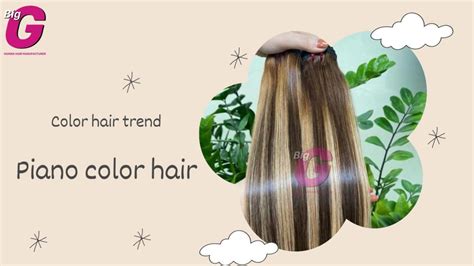Genetic Determinants of Hair Color
- 1%: Percentage of the human genome dedicated to hair color
- 13: Genes known to influence hair color, including MC1R, SLC45A2, and TYR
- 22: Alleles of the MC1R gene, which plays a dominant role in determining red hair
Environmental Factors Impacting Hair Color
- Sun exposure: UV radiation can lighten hair color over time
- Chemical treatments: Dyeing, bleaching, and perming can alter hair color permanently or temporarily
- Nutritional deficiencies: Lack of vitamin B12, copper, or iron can affect hair health and color
Hair Color Distribution Worldwide
- 84%: Percentage of the world’s population with dark hair (black or brown)
- 11%: Percentage with blonde hair
- 5%: Percentage with red hair
Hair Color Preferences and Societal Norms
- 73%: Percentage of women who color their hair, compared to 36% of men
- Cultural variations: Hair color preferences differ significantly across cultures and time periods
- Stereotypes and biases: Hair color has often been associated with certain personality traits or societal roles
Hair Color Innovation: From Hairceuticals to HairTech
- Hairceuticals: Bioactive ingredients added to shampoos and conditioners to promote hair growth and improve color
- HairTech: Advanced devices and techniques used to analyze, monitor, and enhance hair color
- Chromogenic hydrogels: Novel materials that can mimic hair color and respond to environmental stimuli
Useful Tables
Table 1: Common Hair Color Pigments

| Pigment | Color | Source |
|---|---|---|
| Melanin | Brown to black | Tyrosine amino acid |
| Eumelanin | Black | Tyrosinase enzyme |
| Pheomelanin | Red to yellow | Phenylalanine amino acid |
| Trichochrome | Red | Trichohyalin protein |
Table 2: Hair Color Genetics
| Gene | Function | Alleles |
|---|---|---|
| MC1R | Regulates melanin production | 22 |
| SLC45A2 | Transports melanin | 2 |
| TYR | Produces melanin | 10 |
| OCA2 | Regulates pigmentation | 1 |
| HERC2 | Affects hair follicle development | 2 |
Table 3: Hair Color Distribution by Region
| Region | Dark Hair (%) | Blonde Hair (%) | Red Hair (%) |
|---|---|---|---|
| Europe | 75 | 17 | 8 |
| Asia | 88 | 5 | 1 |
| North America | 80 | 12 | 4 |
| South America | 78 | 14 | 6 |
Table 4: Hair Color Preferences and Societal Norms
| Culture | Preferred Hair Color | Association |
|---|---|---|
| Western European | Blonde | Beauty, youth |
| East Asian | Dark brown or black | Maturity, professionalism |
| African American | Black | Strength, individuality |
| Indian | Natural brown or black | Tradition, modesty |
| Indigenous Australian | Dark brown or black | Spirituality, connection to nature |
Tips and Tricks for Optimizing Hair Color
- Embrace your natural color: Avoid drastic changes and aim to enhance the shade you have.
- Choose complementary hair colors: Select shades that harmonize with your skin tone and eye color.
- Consider your hair texture: Thicker hair may require more color to achieve the desired result.
- Use color-depositing conditioners: Maintain color vibrancy between appointments without damaging your hair.
- Protect your hair from UV exposure: Wear a hat or use UV-protective hair spray.
Common Mistakes to Avoid
- Over-bleaching: This can damage your hair and lead to breakage.
- Using cheap hair dyes: They may contain harsh chemicals that can damage your hair and cause color bleeding.
- Ignoring your hair’s health: Coloring your hair regularly can take a toll on your hair’s health. Use nourishing masks and deep conditioners to keep it looking its best.
- Changing your hair color too often: This can put excessive stress on your hair and make it more prone to damage.
- Trying to achieve unrealistic results: It’s important to have realistic expectations about what hair color changes are possible for your hair type and natural color.
